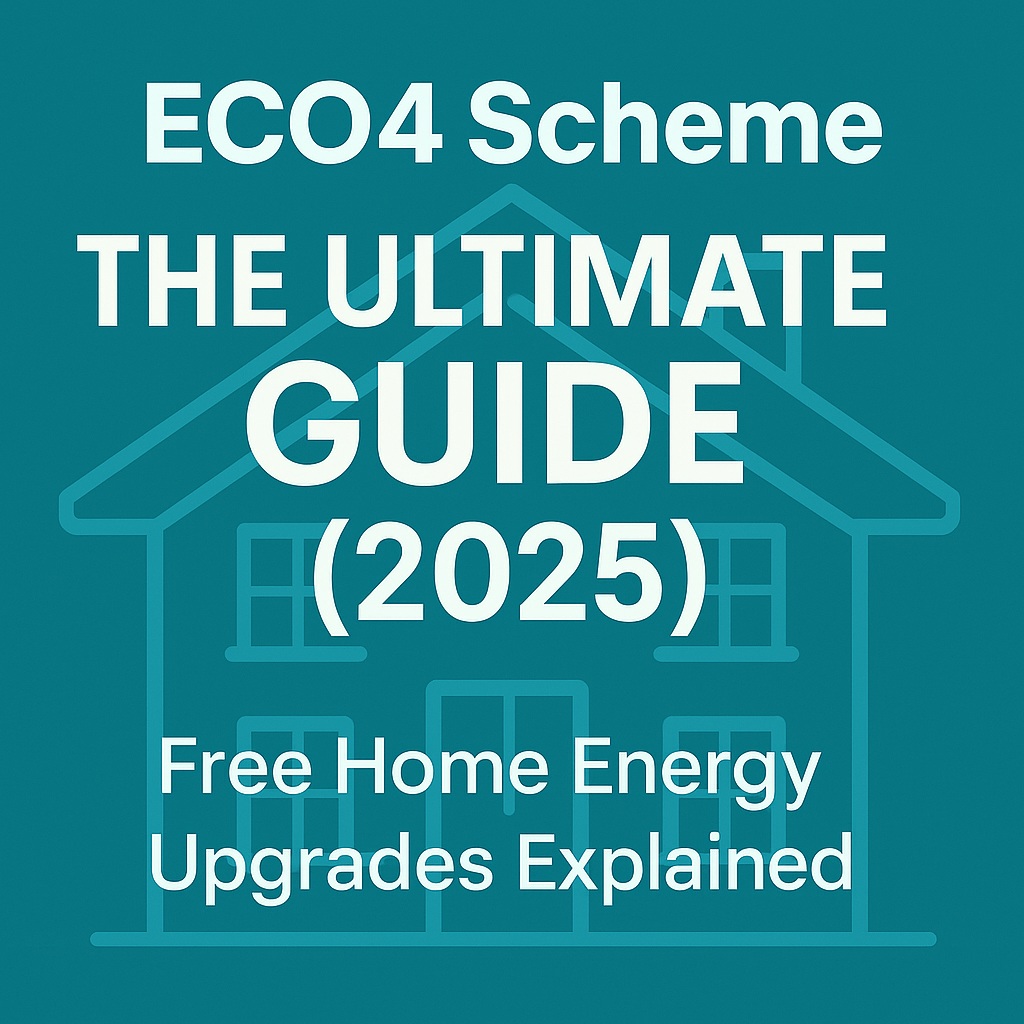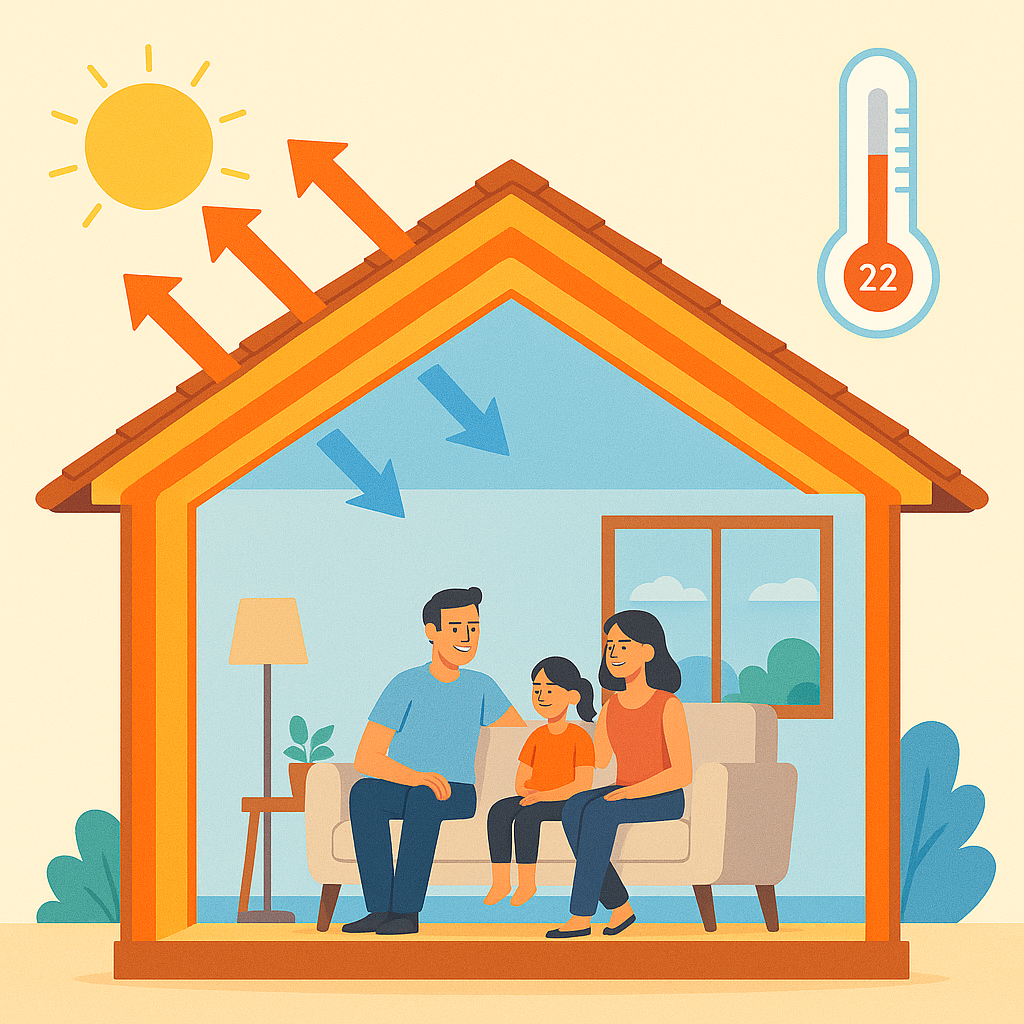Uninsulated walls can cause your home to lose a significant amount of heat, meaning your heating system will have to work harder for longer to reach the desired temperature. Not only does this mean you’ll spend much of your time at home feeling chilly, but your energy bills will also most likely be through the roof.
Most people are familiar with cavity wall insulation, but solid wall insulation is a little less common – perhaps because solid walls aren’t quite as common in modern buildings. While retrofitting solid wall insulation may be a slightly more complex process, it is certainly doable and can produce equally good savings on both energy and money.
This guide from UK Energy Management (NE) Ltd will take you through the basics of solid wall insulation and how you could benefit from it, so that you can make the right decision for you and your property.

What is solid wall insulation?
Solid wall insulation is the solution used to prevent heat escaping and cold air from entering through a building’s external walls – that is, the walls facing the outside world on one side. The process of installing stone wall insulation involves adding an extra layer to the wall either by using a rigid insulation board or creating a stud wall filled with mineral wool or similar material.
This extra layer makes it significantly harder for air to pass through the external wall, meaning warm air will be trapped inside and cold air will be trapped outside. Therefore, solid wall insulation – or insulation of any kind, really – makes your heating system far more effective and efficient because it won’t need to be on as high or for as long in order to heat your home to the desired temperature.
How do I know if my walls are suitable?
If you aren’t entirely sure whether a building has solid external walls, there are a couple of potential indicators to look out for: the wall’s thickness and the building’s age. If your home was built prior to 1920, its external walls are most likely solid, as cavity walls only came into widespread use in the 1920s.
For homes made primarily of brick, the thickness test is also a good way to determine whether your walls are solid. Measure your external walls in a doorway or window – if they are less than 10 inches thick, they’re probably solid.
This test isn’t always applicable – for instance, stone buildings’ walls can be much thicker than brick ones, but it is fairly rare for stone buildings to have cavity walls. On the other hand, timber-framed or steel-framed buildings are unlikely to have solid walls, so this kind of insulation probably won’t be suitable.
If you’re still unsure, a certified wall insulation installer or insulation expert will be able to help you work out whether your home is suitable for solid wall insulation.
The different types of solid wall insulation
With solid wall insulation, either the inside of the wall or the outside of the wall can be insulated. The right option for you will depend on your property, your budget, and whether this kind of insulation is appropriate for your specific case. The two types of solid wall insulation are external solid wall insulation and internal solid wall insulation – keep reading to find out more.
External solid wall insulation
External solid wall insulation involves fixing a layer of insulation to the wall using mechanical fixings and adhesives, before then covering it with layers of render or classing. This can be a great option if you require minimal disruption inside the property, if your home has severe heating issues or if it already requires extensive repairs to its exterior.
On the other hand, it isn’t always appropriate if it will ruin historical features, negatively affect neighbours, or if the property isn’t in a good enough condition. Existing damage to the property’s structure can make the process longer and more complicated – and probably more expensive too.
Internal solid wall insulation
Internal solid wall insulation usually involves fitting rolls or boards of insulating material such as wool fibre to the inside walls of your home or building a stud wall filled with the insulating material. It is usually the cheaper option and can be carried out room-by-room, wherever necessary.
However, it causes far more disruption – things like radiators, plug sockets and fitted furniture will all need to be moved prior to work beginning, and you’ll need to replaster and redecorate once it has finished. You may also lose a little interior floor space due to the new thickness of the walls – this makes it perfect for larger, older properties that are prone to losing a lot of heat.
The benefits of solid wall insulation
Improves energy efficiency
Uninsulated homes can lose more than a third of their heat through exterior walls, which means the heating system must work harder for longer to achieve and maintain the desired temperature – if it can even manage it at all.
With solid wall insulation, this heat loss will be eliminated and the heating system will be able to use much less energy to carry out the same task. This means it will work much more efficiently and effectively, your home’s temperature will be just right, and your overall energy efficiency will be boosted enormously.
Cost-effective
Solid wall insulation can also bring about incredible savings on your energy bills. This is because of the improved energy efficiency of your home – lower usage, of course, means lower costs! It has been estimated that a four-bed detached property can expect to save approximately £455 a year on energy bills after installing 90mm of solid wall insulation. While the savings vary depending on the property’s size and usage, among other factors, it can’t be denied that insulation will reduce any household’s expenses to some extent.
It may seem like an expensive option at first, but the long-term savings on energy bills and potential profit upon selling make solid wall insulation a cost-effective way of keeping your home thermally efficient throughout the year.
Makes a property more attractive to buyers
Getting wall insulation installed is the perfect excuse to carry out other refurbishments and renovations, especially with the disruption internal solid wall insulation can cause. Some rendering and cladding used to cover external solid wall insulation can also have aesthetically-pleasing finishes, such as coloured paints, brick-effect, or pebbledash. These home improvements will be appealing to potential future buyers.
They’ll also be drawn to the promise of an energy-efficient home with low heating costs. Choosing to invest in your fully insulated and spruced up property will certainly pay off for them in the long run, in comparison to other properties they might be considering.
Reduces condensation, damp and mould
Insulation reduces the movement of air through the walls of a home, which allows them to retain heat from inside the property and block cold air from outside. Condensation occurs when hot air comes into contact with cold walls – solid wall insulation interrupts this process by retaining heat within the walls and making them slightly warmer. Therefore, condensation is reduced, which can improve indoor air quality, help maintain the building’s structural integrity, and reduce the amount of condensation-related problems such as damp, rust, and mould.
Check your eligibility for a solid wall insulation grant
The Energy Company Obligation (ECO) scheme aims to help low-income, fuel poor, and/or vulnerable households cut their energy costs by providing free energy-efficient home improvements. The measures that can be installed under the ECO3 scheme include external and internal solid wall insulation, cavity wall insulation, loft insulation, electric heating systems, and new boilers.
Eligibility criteria must be met in order to qualify; they primarily involve receiving certain benefits. If you don’t receive benefits but require assistance, there is a Local Authority Flexible Eligibility scheme that allows for broader qualifying criteria. Its in-fill mechanisms allow for even further extensions to the criteria. This blog from the team here at UK Energy Management (NE) Ltd provides more information about ECO3 eligibility.
There may be other solid wall insulation grants or schemes which offer subsidised or free solid wall insulation to those who require financial assistance to heat their home this winter. Check with your energy provider, local authority, or an organisation like ours to find out what help is available.
UK Energy Management (NE) Ltd – Helping Clients Secure Solid Wall Insulation UK
If you need help funding and installing solid wall insulation, look no further than UK Energy Management (NE) Ltd. We are a national organisation dedicated to helping people access energy-related grants in the UK and secure the financial support they need. Our experienced and certified wall insulation installers will be happy to fit all the necessary upgrades to keep your home at the perfect temperature all year round. For more information on how we can help you, or to check your eligibility for a grant or scheme, contact us today.



